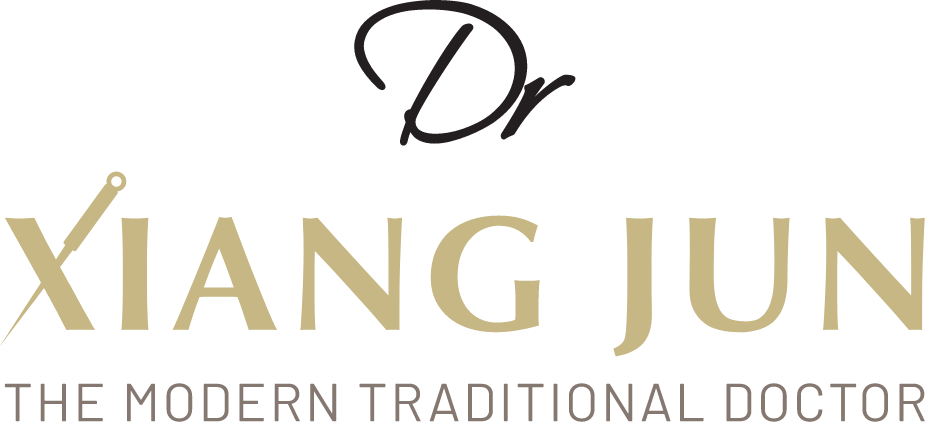Scientific Proof to How your Body react to Acupuncture - Carpal Tunnel Syndrome
Frequent sessions of Acupuncture will treat Carpal Tunnel Syndrome and its related pain symptoms in the wrist.
The carpal tunnel is a narrow passage on the palm side of the hand at the wrist, which allows the median nerve to pass into the hand. Carpal tunnel syndrome occurs when there is pressure on the median nerve for various reasons, causing symptoms such as tingling, numbness, and weakness at the wrist area. It is a kind of neuropathy or nerve damage condition known as entrapment.
Conventional treatment of carpal tunnel syndrome can include physical therapy, wrist splints, drugs such as non steroidal anti-inflammatory medicines and corticosteroids. In more severe cases, doctors can recommend surgery to reduce the pressure on the nerve by making a cut in the wrist and cutting the traverse ligament to help enlarge the carpal tunnel.
Acupuncture can be an effective alternative to medical treatments for some cases of mild-to-moderate carpal tunnel syndrome by relieving the pain, tingling, numbness and weakness syndrome of carpal tunnel syndrome.
Below are the scientific papers that support the fact that acupuncture treat carpal tunnel syndrome and its accompanying symptoms.
Conclusion: People with carpal tunnel syndrome who had acupuncture treatment for 4 weeks noticed improvements in symptoms such as pain, numbness and tingling, and muscular weakness. These improvements continued 3 months after the treatment. These results may indicate that acupuncture therapy can provide lasting relief from symptoms. Acupuncture and electroacupuncture therapy for symptomatic CTS may improve symptoms and aid nerve repair as well as improve sensory and motor functions.
Conclusion: Acupuncture helped reduce symptoms of CTS and showed that the body’s response to acupuncture might change signaling pathways in the brain. MRI scans from before and after a person with CTS received acupuncture therapy showed that the process might improve the nerve function in the area. This occurs by adjusting how the brain responds to pain or changing the pathways in the brain to reduce pain. The body may also react to the needles going into the skin by sending extra blood to the area, which may help reduce inflammation and heal damaged tissues.
Conclusion: Acupuncture can help with mild-to-moderate symptoms of CTS. Doctors can use acupuncture as therapy in pain management with little risk of adverse effects. This may be important for people who do not react well to medical treatments. PC7 was the most commonly used acupoint.
Further reading:
Everything you need to know about Acupuncture
Scientific Proof to how your body reacts to Acupuncture - Eczema
Scientific Proof to how your body reacts to Acupuncture - Plantar Fascitis
Scientific Proof to how your body reacts to Acupuncture - Sinusitis
Scientific Proof to how your body reacts to Acupuncture - Snoring
Scientific Proof to How your Body reacts to Acupuncture - Stress Management
Scientific Proof to How your Body reacts to Acupuncture - Sciatica
Scientific Proof to how your body reacts to Acupuncture - Neck and Shoulder Aches and Pain
Scientific Proof to how your body reacts to Acupuncture - Urinary Incontinence





